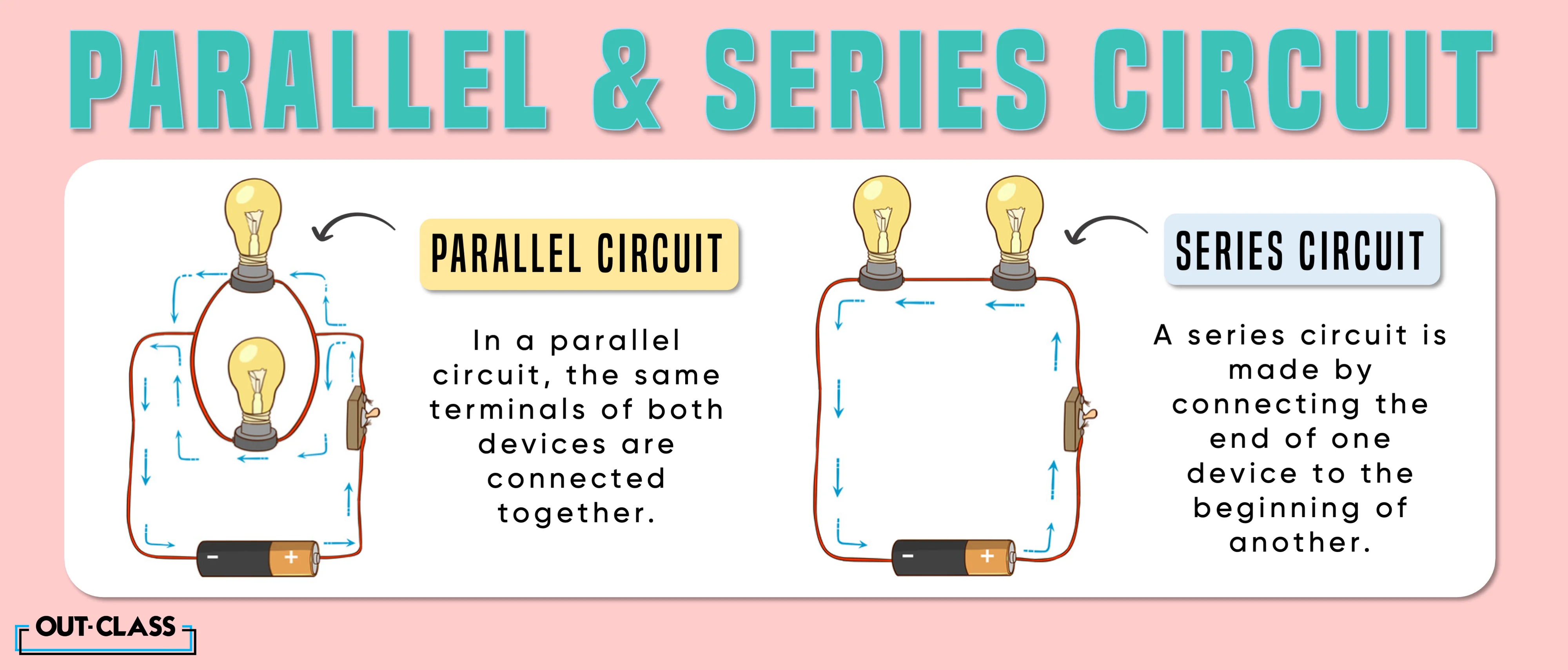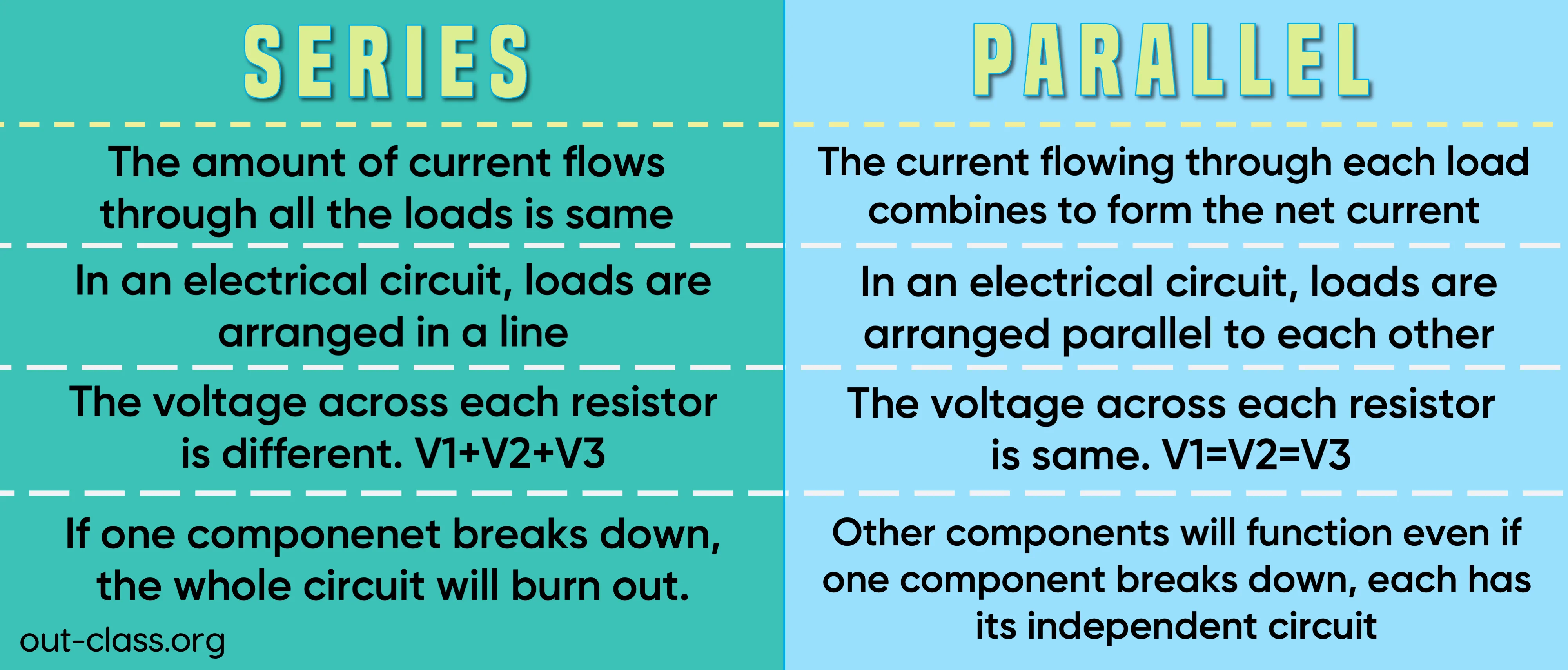Whether you're gearing up for those O Level Physics exams or just sparking your curiosity, this blog will light up your understanding of parallel and series circuits. Let's explore the shocking differences and examples of parallel and series circuits.
Parallel vs. Series Circuit: The Voltage Saga
In the electrifying battle of the circuits, it's time to illuminate the contrasts.
Series Circuit:
Think of this as a classic "relay race" of electrons. In a series circuit, components are runners in a relay, connected end-to-end in a single path, forming a closed loop. The same current flows through all components. Any interruption (i.e. disconnecting a component) stops the race.
Parallel Circuit:
Now, imagine an "electric festival" with partygoers clustered side-by-side in rooms, creating multiple paths for current to flow. In a parallel circuit, components are the life of the party, each having its separate path for current. If one party animal breaks off, the celebration goes on! It's a case of "the more, the merrier."
How to Solve Parallel and Series Circuit?
Solving circuit mysteries doesn't require a Ph.D. in Physics, just a bit of wit. Here's the formula:
Circuit Detective Mode:
First, play "Circuit Detective." Detect whether it's a series or parallel setup. Look for components connected end-to-end (series) or side-by-side (parallel).
Ohm's Law – The Voltage Symphony:
Use Ohm's Law to orchestrate voltage, current, and resistance. In a series circuit, the total resistance is the sum of individual resistances. In a parallel circuit, Ohm's Law makes resistance's "parallel parking" a breeze.
Kirchhoff's Clues:
Think of Kirchhoff's current and voltage laws as the director, ensuring current remains undivided and voltage follows the script throughout the circuit.
Ohm's Law: The Voltage Maestro
Ohm's Law for parallel and series circuits is your backstage pass. It reveals how voltage, current, and resistance perform together, creating an electrifying spectacle. In a parallel circuit, Ohm's Law helps you compute the total current. In contrast, it unveils total resistance in a series circuit, setting the stage for an electrifying current performance.
Conclusion
Knowing the difference between parallel and series circuits is essential in the electrifying arena of electrical circuits. Whether you're preparing for O Level Physics exams or just seeking to become a circuit aficionado, these concepts are the spark for how to solve parallel and series circuits. Master parallel and series circuits examples, apply Ohm's and Kirchhoff's Laws and step into the spotlight in the electrifying world of circuits.
FAQs
Q. What is the main difference between parallel and series circuits?
In a series circuit, components are connected end-to-end in a single path, while in a parallel circuit, components have separate paths for current, connected side-by-side.
Q. How does voltage behave in a series circuit?
In a series circuit, the voltage is shared among the components, and the total voltage is the sum of individual voltages.
Q. What happens to the current in a series circuit if one component is disconnected?
If one component is disconnected in a series circuit, the entire circuit is interrupted, and the current stops flowing.
Q. How does voltage behave in a parallel circuit?
In a parallel circuit, each component has the same voltage, and the total current is the sum of individual currents.
Q. What happens if one component is disconnected in a parallel circuit?
If one component is disconnected in a parallel circuit, the remaining components continue to function, and the circuit remains intact.
Q. How can Ohm's Law be applied to solve parallel and series circuits?
Ohm's Law helps calculate voltage, current, and resistance in circuits. In series circuits, total resistance is the sum of individual resistances; in parallel circuits, it simplifies resistance calculations.





